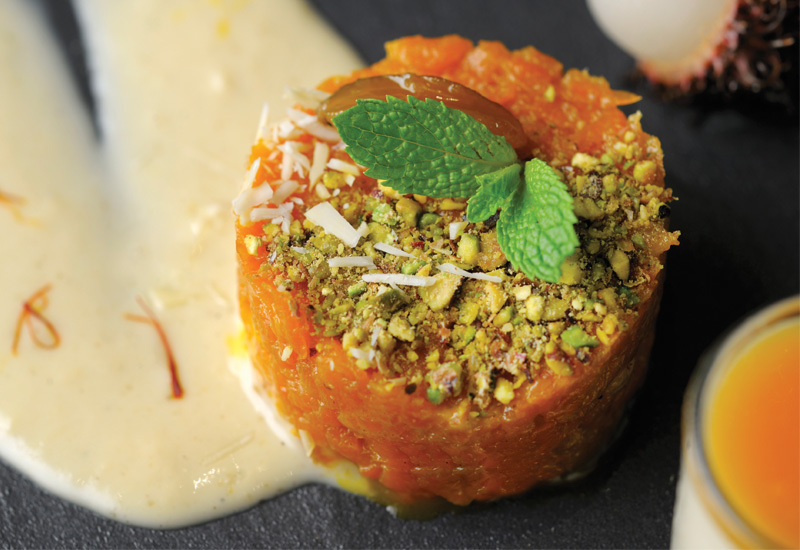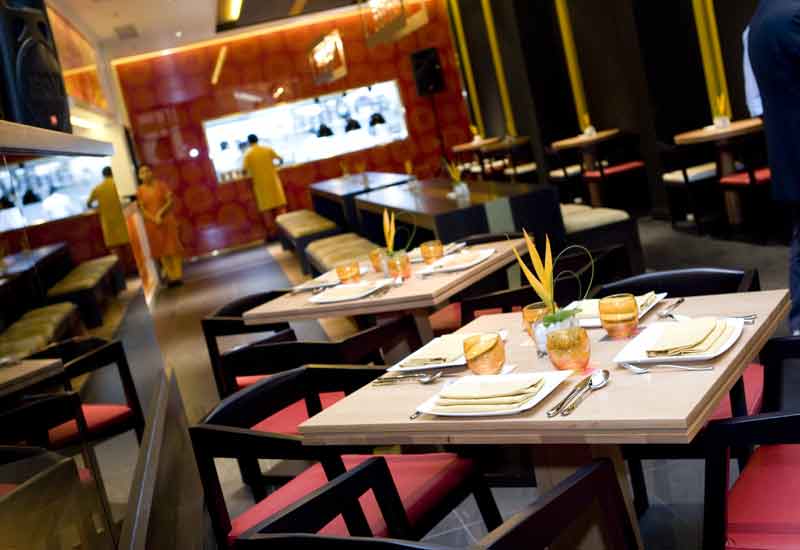Variety: The spice of life
With such demand and an effective supply chain it’s easy to believe that the Middle East gets the complete Indian experience. But our experts are not all in agreement.
“There are plenty of large and small scale Indian restaurants in the Middle East, due to the fact that the largest number of expatriates in the Middle East are Indian,” says Sachdeva.
“We don’t think any of the regions are underrepresented or omitted,” he adds.

| Advertisement |
It’s a view backed up by Rehman, who adds: “I think you would find food from all parts of India represented in this part of the world”.
Singh disagrees: “not all food from the regions in India is represented in the Middle East”.
Chakraborty concurs and believes “lots of the regions do not get due recognition in the Middle East”.
“The tastes and flavours are slightly different to what people have come to recognise as Indian food,” he continues.
“Foods from Bengali, Kashmir, Rajasthani and Goa, as well as from the North East, are not hugely popular outside of India. To some extent this is because the people of these ethnicities are few in the Middle East and the commercial take on these regions can be difficult.”
There is no arguing with Chakraborty however, when he says “Indian food is as varied as the country itself”.
MAHEC’s Sachdeva adds that “it is said you can eat more varieties of cuisine in India than the rest of the world together”.
India’s vast array of climates and terrains provides an abundance of different ingredients, styles and needs in terms of food consumption.
For example, the people in the northern regions of India such as Kashmir (close to Himalayas with a cold climate) flavour their food using saffron, butters, creams and nuts to give it a rich taste, while places like Tamil Nadu, in the South (closer to the equator, with a warmer climate) use coconut and coconut oil as well as hot spices which make the body sweat, allowing it to adapt to the temperature balance and to sustain the hot climate.
India is also an agricultural country hence the major staple ingredients to most meals are wheat and rice. Lentils and vegetables come as an integral part of the meal.
“Religion also plays a major role in the gastronomy of a region,” Chakraborty explains.
“The majority of the population follows Hinduism which promotes vegetarianism; however, the use of poultry, meat and fish is abundant among the rest of the population.”
Of course, the staple foods of India have always been rice and breads, but there has been a lot of innovation and ‘modern Indian’ has now established itself.
But there are further developments. Sachdeva explains: “Today trends are more about innovation, the element of surprise, healthy food and the way it’s presented.”
“The restaurateur needs to understand that today’s customer seeks a ‘dining experience’. With time, they have become more demanding, exacting, educated and knowledgeable about food.”
Sachdeva uses paring wines as an example of innovation in Indian outlets, while Chakraborty says there is an attempt by some to move away from the perception of Indian food as being “rich and heavy”.
“I see a lot of young chefs and restaurateurs trying to move away from this and instead, experimenting with lighter, much more flavorsome recipes and creative menus,” he asserts.
“Indian casual dining is a trend which is set to become mainstream; however popular dishes such as butter chicken and biryanis still are commercial best sellers.”
De Thali restaurant manager, Mohammed Nasbulain Ansari is part of a unique offering in the region through the use of a Thali theme in the outlet that opened in January of this year.
“De Thali is an Indian concept based on the thali theme, and the idea of common seating generated in the 80s and 90s,” he explains. “At the time, you sat down and were eating in front of someone you were unlikely to know. You eat, pay and then leave... This is what we're trying to create in the UAE.”
With innovation still coming, the Middle East’s love affair with Indian food looks set to continue. Whether it is a move towards healthy options, an exploration of under-represented regions or Indian in space, we can’t wait to try them.
Article continues on next page ...










 Search our database of more than 2,700 industry companies
Search our database of more than 2,700 industry companies









